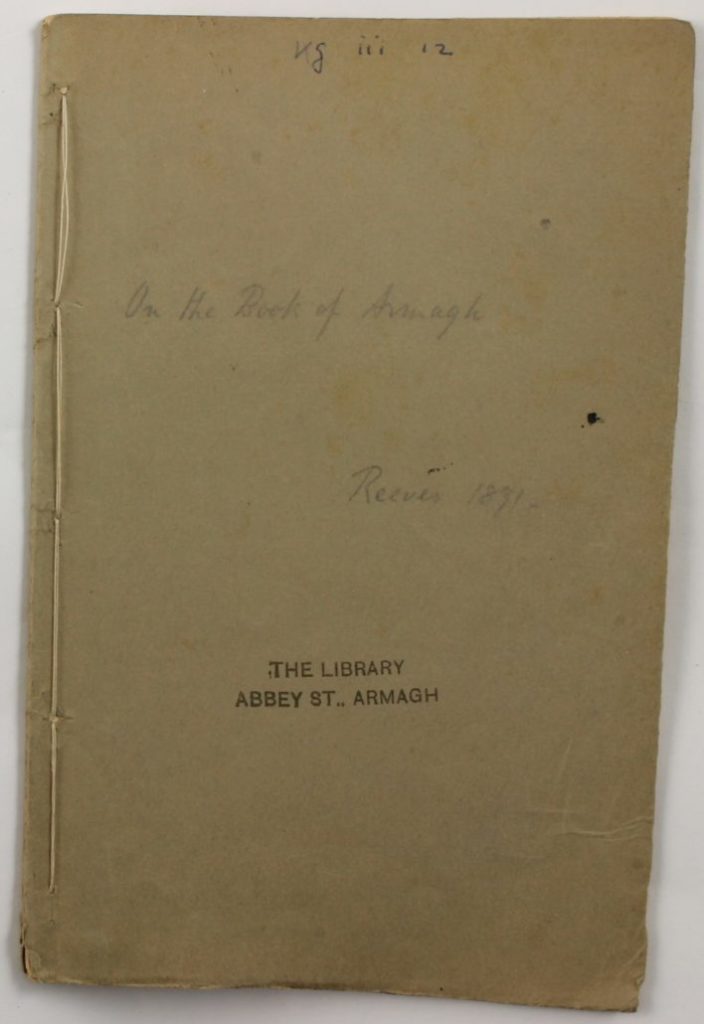

The manuscript is associated with a tooled-leather satchel, believed to date from the fifteenth century. Some of the letters have been colored red, yellow, green, or black. The manuscript contains four miniatures, one each of the four Evangelists' symbols. The text is written in two columns in a fine pointed insular minuscule. The book originally consisted of 222 folios of vellum, of which 5 are missing. The book measures 195 by 145 by 75 millimetres (7.7 by 5.7 by 3.0 in). Manuscript įolio 32v with symbols of the Evangelists In 1853, Reeves sold the Book to John George de la Poer Beresford, Archbishop of Armagh, who presented it to Trinity College, Dublin, where it can be read online from the Digital Collections portal of the Trinity College library. It remained in the Brownlow family until 1853 when it was sold to the Irish antiquary, Dr William Reeves. By 1707 it was in the possession of the Brownlow family of Lurgan. Its last hereditary keeper was Florence MacMoyer. It remained in the hands of the MacMoyre family in the townland of Ballymoyer near Whitecross, County Armagh until the late 17th century. The custodianship of the book was an important office that eventually became hereditary in the MacMoyre family. Along with the Bachal Isu, or Staff of Jesus, it was one of the two symbols of the office for the Archbishop of Armagh. The people of medieval Ireland placed a great value on this manuscript. Two other scribes are known to have assisted him. Ferdomnach wrote the first part of the book in 807 or 808, for Patrick's heir ( comarba) Torbach, abbot of Armagh. Research has determined, however, that the earliest part of the manuscript was the work of a scribe named Ferdomnach of Armagh (died 845 or 846).

Patrick and, at least in part, to be a product of his hand. The manuscript was once reputed to have belonged to St.


 0 kommentar(er)
0 kommentar(er)
